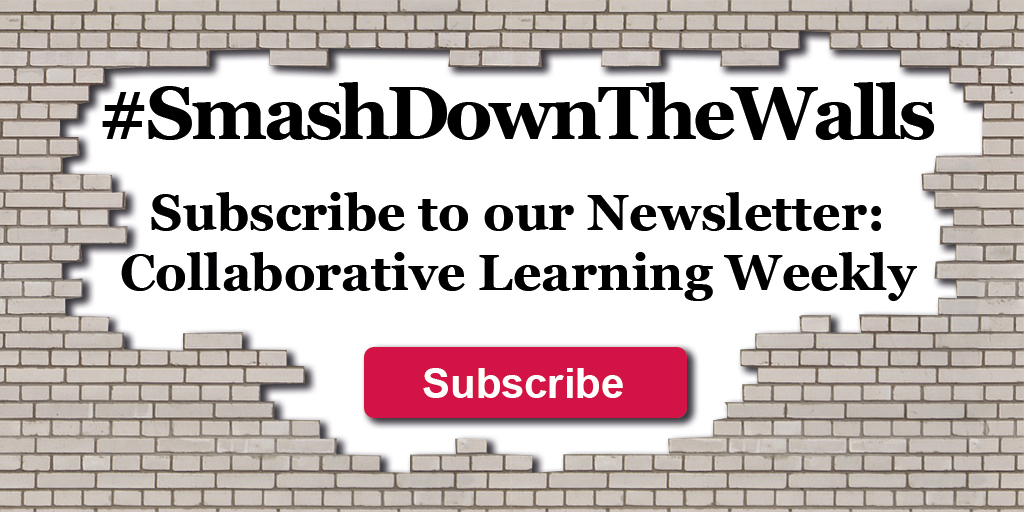Collaborative working: Why the best bit is in the middle
I’ve always thought that middle managers get a terrible press. Squashed from above, prodded at from below – they are pilloried for stifling initiatives with a lack of imagination, obsession with process and general negativity. Yet my experiences of consulting on collaborative working initiatives shows that nothing could be further from the truth. Middle managers are usually ready, willing and able … yet not enabled by their leaders.
Earlier this year we, working with our partners at 10Eighty, engaged a panel of 100 leading HR and L&D practitioners in the UK and internationally to show how businesses can harness the potential of collaborative working and learning. And we asked them whether senior managers, middle managers and younger workers knew how to apply collaborative working positively to their organisation.
At the top and bottom of the organisation over half of senior managers (51%) and over four in 10 younger workers (43%) were seen as clearly understanding the positive virtues of working collaboratively. However, this figure dropped significantly for middle managers, with barely a quarter (27%) judged to have either the confidence or competence to apply it to their organisation.
Middle managers deserve our support, not ridicule, because their influence is critical. Most try gamely to collaborate with others in their everyday lives, but are rarely incentivised to do so by the organisation that employs them. And they don’t know how to talk about its business “value” to those they manage.
The “value” is that collaborative working promotes a “project mentality” – that is to say learning in specific situations or projects through sharing knowledge across the business. This is important because old models of learning at work are no longer effective – people forget 70% of formal learning within 1 week, while nearly 9 in 10 of employees learn what they need through working collaboratively with colleagues. Enable middle managers to smash down the false functional barriers in their business and you increase their learning potential, energy levels and value to the business many times over. In the process, our experience shows, collaboration in turn helps rather than hinders their career development.
For real change to happen, middle managers need to understand the organisational and individual potential from collaborative working. And to help them get there, they need HR and L&D policies aimed at encouraging them to think beyond their functional expertise and towards rewards and incentives for showing their collaborative excellence.
So when it comes to collaborative working and learning in any organisation, the best bit really is in the middle.
Merriborn Media is a business dedicated to developing clever content, engaged online communities and effective collaborative working and learning for clients. Both Merriborn Media and its founder Trevor Merriden were ranked in the Top 3 of social learning evangelists for 2016 in a recent major study.


